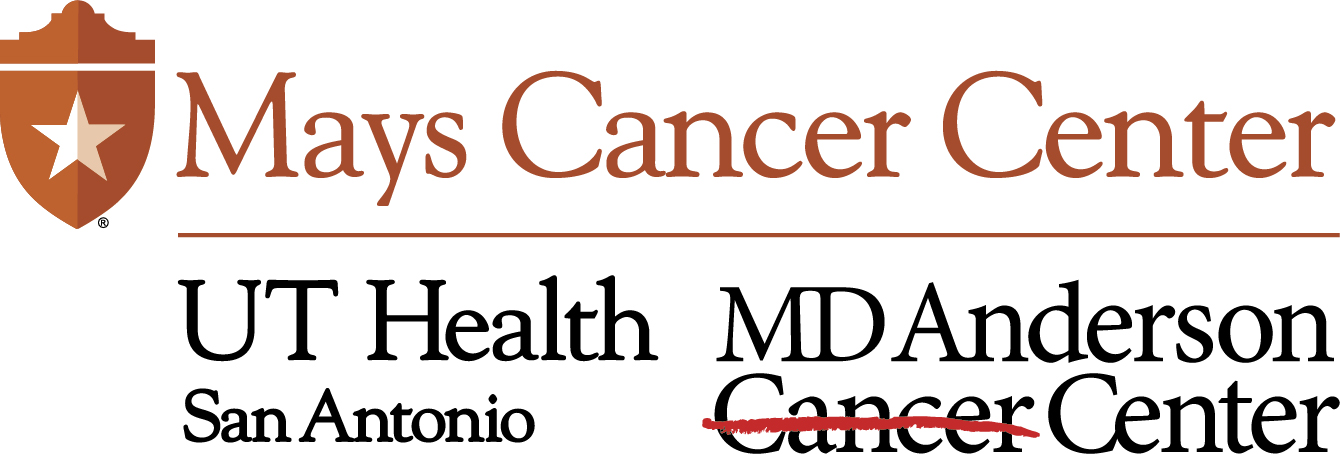- Advertise
- About OncLive
- Editorial Board
- MJH Life Sciences brands
- Contact Us
- Privacy
- Terms & Conditions
- Do Not Sell My Information
2 Clarke Drive
Suite 100
Cranbury, NJ 08512
© 2025 MJH Life Sciences™ and OncLive - Clinical Oncology News, Cancer Expert Insights. All rights reserved.
Dr Kaklamani on the Role of Adjuvant Ribociclib in Early-Stage HR+/HER2– Breast Cancer
Virginia Kaklamani, MD, discusses the optimal role for adjuvant ribociclib alongside endocrine therapy in early-stage HR+/HER2– breast cancer.
Virginia Kaklamani, MD, professor of medicine, the Division of Hematology-Medical Oncology, The University of Texas (UT) Health Science Center San Antonio; leader, the Breast Cancer Program, the Mays Cancer Center, UT Health San Antonio MD Anderson Cancer Center, discusses the optimal role of ribociclib (Kisqali) alongside endocrine therapy for patients with early-stage hormone receptor–positive, HER2-negative breast cancer in the adjuvant setting.
The recent FDA approval of adjuvant ribociclib plus an aromatase inhibitor has expanded the treatment arsenal for patients with hormone receptor–positive, HER2-negative early breast cancer at a high risk of recurrence, Kaklamani begins. The approval was supported by findings from the phase 3 NATALEE trial (NCT03701334), which demonstrated a statistically significant and clinically meaningful improvement in invasive disease-free survival (iDFS) when ribociclib was added to endocrine therapy, compared with endocrine therapy alone. In NATALEE, the ribociclib regimen led to a 36-month iDFS rate of 90.7% (95% CI, 89.3%-91.8%) vs 87.6% (95% CI, 86.1%-88.9%) with an aromatase inhibitor alone (HR, 0.749; 95% CI, 0.628-0.892).
One of the major questions clinicians will face is deciding between ribociclib and abemaciclib (Verzenio), the other FDA-approved CDK4/6 inhibitor approved for this indication, Kaklamani states. Both agents have demonstrated benefits in the adjuvant setting for high-risk patients with early-stage disease, but have several key differences in dosing and administration, she says.
Notably, abemaciclib is administered for 2 years and ribociclib is administered over a 3 year period, Kaklamani details. Despite the longer treatment duration, Kaklamani notes that only 60% of patients in the NATALEE trial completed the full 3 years of treatment, yet they still derived substantial benefit. Therefore, the 3-year duration should not be a major point of contention when selecting between the 2 drugs, she states.
Additionally, there are currently more long-term data available with abemaciclib, Kaklamani continues. This extended follow-up period provides more insights into long-term outcomes with abemaciclib, which may influence decision-making for patients with a high risk of recurrence, she explains. However, both therapies are well supported by clinical data, giving oncologists the flexibility to choose either based on individual patient factors such as lymph node status, tumor stage, or personal tolerance to therapy, Kaklamani concludes.


